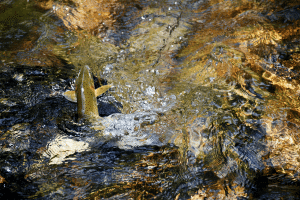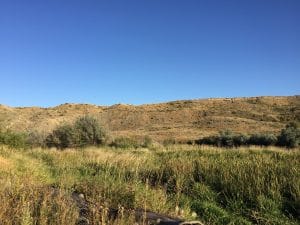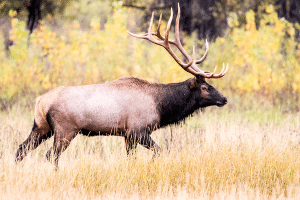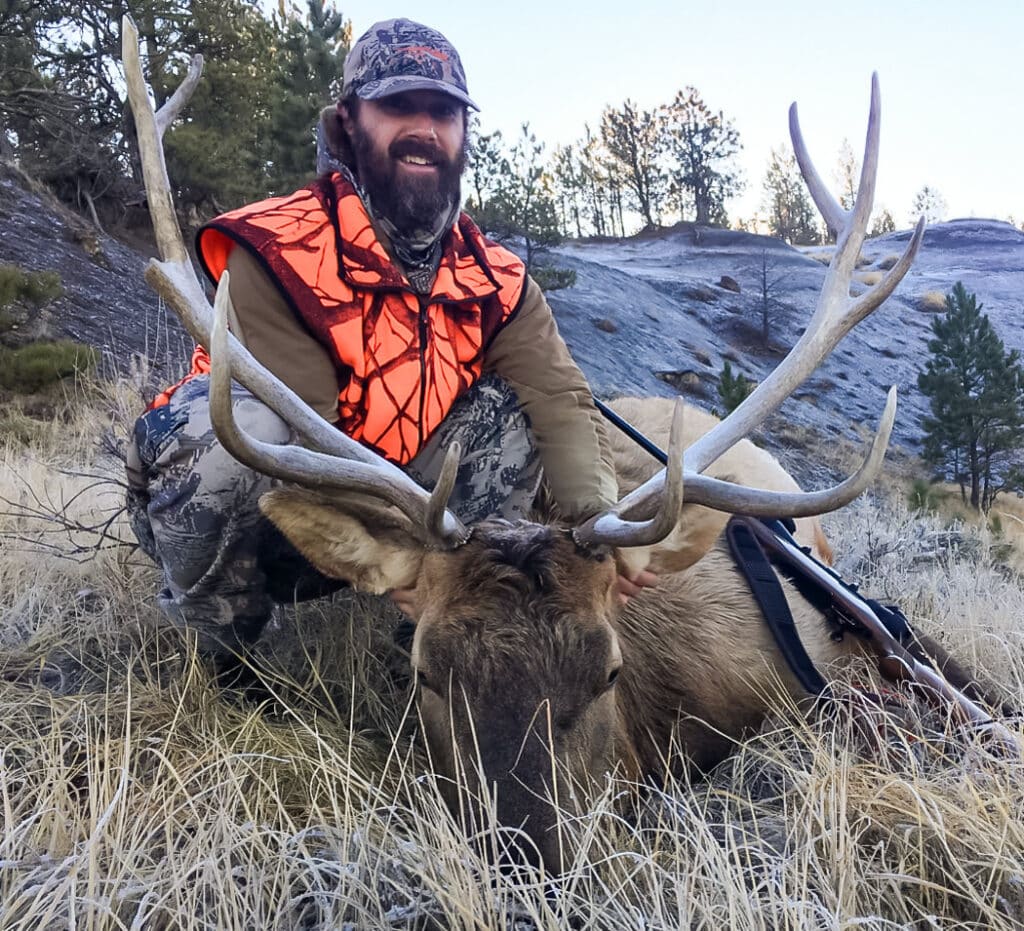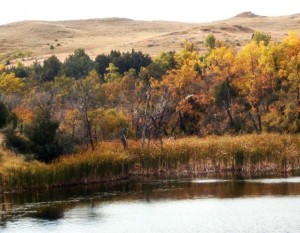
Bullock filed a lawsuit today against Attorney General Tim Fox challenging his official opinion that Habitat Montana conservation easements must be approved by the state Land Board. Bullock pushed for the Montana Supreme Court to rule on the case, saying with the clock ticking on three easements it is imperative for the landowners and the Habitat Montana program that it make a quick ruling on the case.
“The Habitat Montana program is crucial for protecting habitat and improving public access through partnerships between hunters and landowners,” said Dave Chadwick, MWF executive director. “The conservation easements that Habitat Montana funds are essential to our wildlife herds, our farmers and ranchers for their businesses and our hunters. We must continue this program to keep Montana’s strong hunting heritage for everyone into the future.”
“I’m not a lawyer, so I defer to the legal experts at FWP and in the Governor’s office. We thank Gov. Bullock for his action to keep Habitat Montana conservation easements moving forward. With several easements in the works that must be completed by the end of the year, we’re hopeful that we get a quick resolution to this issue to give certainty to our farmers and ranchers who spend years working with FWP to plan easements.”
The case arose when the Land Board indefinitely delayed the Horse Creek Complex conservation easement near Wibaux. The 20,000-acre project was approved by Bullock when he determined Board approval isn’t required for conservation easements. Fox, in an Attorney General’s opinion last week, determined Board approval is required. An AG’s opinion is law until overturned by a court. Bullock in his suit is seeking a quick ruling from the Montana Supreme Court, saying it is imperative for three easements in the works that must be completed by the end of the year.

